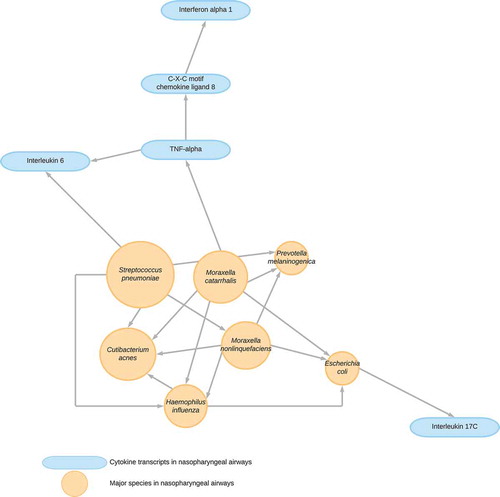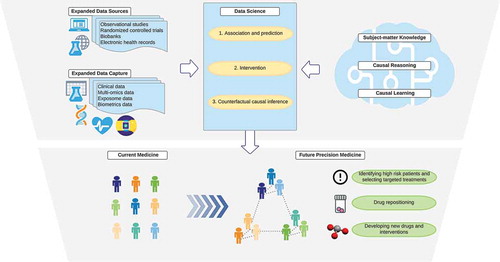Figures & data
Table 1. Scientific questions, required information, and methods of data science according to the ladder of causation
Figure 1. Causal structural learning to uncover underlying causal structures from data

Figure 2. Data science that integrates big data and knowledge toward precision medicine

